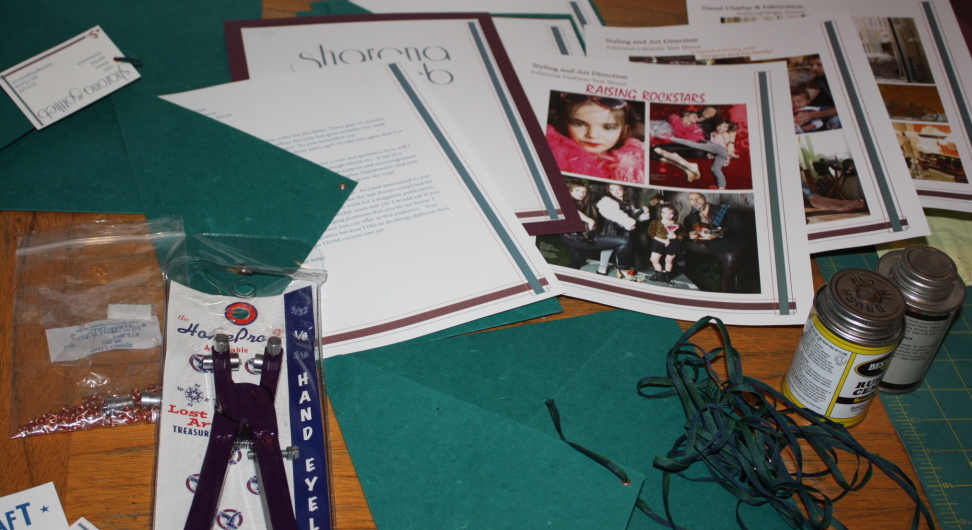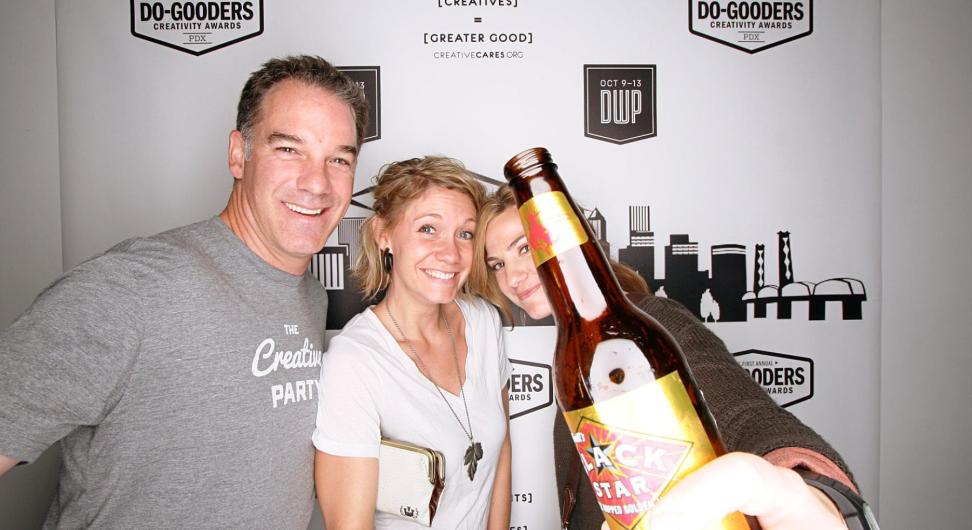Most companies suck at hiring. Follow these steps and you’ll be immensely better at it. You might even hire someone.
Who are we hiring and why?
Something has happened in your business to cause you to initiate the hiring process. Make sure to evaluate all aspects on how this hire will affect your business. Are you addressing increased workflow? Is this an investment to acquire more business? Are you filling a recent staff vacancy? Once you understand the dynamics of what is propelling the hire, you can begin to define the role. Start by writing a proper and realistic job description. Include others in your organization, if need be, to gain their insights into the requirements for the position. Whether you are hiring for a new role or reacting to a desirable candidate on the market, you have to map out their role clearly. Clear expectations rule the day.
Be realistic. What responsibilities will this new hire have? How will these affect others on your team? Make sure you think this through and prepare to potentially adjust the roles of others. What skills and experience must they have? Try to separate the “good to haves” from the “must haves”. Be clear on this, and be willing to give on skills and experience that are less important. Look for potential too. Companies often get stuck on laundry lists of skill and experience requirements, trying to find someone that has it all. Don’t discount the more junior candidates or those who match the majority of your requirements, but not all of them. Sometimes you need them all, sometimes you don’t. Don’t be close minded.
It’s not all about the role. Laundry list job descriptions are not only boring to read, they only cover one aspect of what it’s like to work for your organization. Take time to explain what it’s like to work for you, or tell a story that illustrates your culture. Make the laundry list just part of the overall story you are telling. What is most compelling about the opportunity with your company?
Recruit. How are you going to get the message out about this opening? Examining why you have an opening may help answer this question.
Some Pros and Cons about common avenues for recruiting candidates:
Job postings
Pros: A great way to get the word out to a large audience. There are also relatively affordable options for this. Job search website aggregators expose your listing to an even larger audience and geographical reach.
Cons: You may only be reaching those actively looking for new opportunities, or candidates who are not currently working. You miss what is called the “passive candidate”. Your posting needs to be compelling and well-written to attract higher level candidates. Receiving a large response from unqualified candidates can be taxing on your process.
Network
Pros: Your network is often comprised of people within the same industry as yours, so you may be able to connect to qualified candidates. Your network will usually only refer people that they feel strongly about themselves.
Cons: It’s not your network’s job to refer people to you. Your contacts may not know anyone qualified who’s also available. It takes a lot of social engineering to get the word out. Your network is often busy.
Social Media
Pros: Promotes openings to a wide and active audience, creating opportunity for a great candidate, or someone who knows one, to see your post.
Cons: Social posts may not have a long shelf life, and people have short attention spans. Followers of your social media feeds may be friends or fans of your company, but not necessarily job seekers. Reach is only as large as your social network and posts can get lost in all the noise.
Recruiting firms
Pros: Recruiting firms, by their nature, are constantly recruiting talent. They can also tap into their large networks to search on your behalf. Firms save you the time of running your own search and also act as an unbiased champion for your company and the role. If they’re doing their jobs correctly, they’ll only introduce you to the best possible candidates.
Cons: You pay fees if they locate someone that you eventually hire. Sometimes you can find the same candidates on your own.
Proactive Searching
Pros: You control the search and pursue candidates that fit your requirements.
Cons: Takes a lot of time and effort. Your employees are not trained on how to be an effective recruiter. Someone might look good on paper (or LinkedIn) but you can’t accurately determine their viability until you meet them.
Once you’ve established a strategy and gotten the word out, the candidates will come pouring in. Hopefully.
You gotta have a process
Make sure they all experience a consistent, centralized intake and communication process. Every successful search needs not only a system in place for capturing candidates, but someone to own the process as well. Keep in mind, this process leaves candidates with a lasting impression of your brand, an impression that’s every bit as important as your overall brand marketing. They are intertwined–your recruitment experience can set the stage for your company’s overall performance.
Whoever you put in charge of this process needs to capture each submitted resume, including candidates who come to the company proactively. Empower your managers to do their own recruiting, but make sure these efforts fit within your established process, all under the careful management of the process owner.
Categorize each resume you receive as a Yes, No, Maybe, or variations therein.
Yes – These candidates will be brought in for interviews. Under manager’s direction, either schedule these appointments for them, or allow the manager to schedule their own.
No – Inform these candidates via e-mail that they have not been selected for the role, making sure to thank them for their interest. One way to avoid this step is to program a standard reply along the lines of: “Thank you for your interest. We will review your background and qualifications and be in touch if we would like to meet with you. If you don’t hear back from us, we’ll keep your resume on file and review it again as new opportunities become available.”
It is the direct manager’s responsibility to personally call each candidate who is interviewed but not hired. It is the process owner’s job to keep track of this and make sure it occurs. The manager need not share details as to why the candidate was not selected, to do so opens up the opportunity for litigation.
Depending on the potential fit with the candidate, they might be designated a Maybe, and you can indicate a desire to keep in touch. Send these potential future candidates to the process owner for safe keeping.
Anytime your company advertise an employment opportunity and collect resumes, you must keep them on file for a period of one year. It is a good idea to keep the “maybes” on file categorized by role. Doing so may save you valuable time in the future.
When a hire is made, close the loop–make sure everyone has been communicated with and the process is complete.
Then the direct manager and your HR Manager (if you have one) take over the process. The manager makes a verbal offer to the individual. HR will follow up with a written job offer. Once accepted, the process owner is re-engaged to assist with the on-boarding process. If the offer is not accepted, some form of the above process is re-engaged.
Once your ideal candidate becomes an employee, you shift into another gear. Now it really gets hard, but you’ve already set the table for success.





